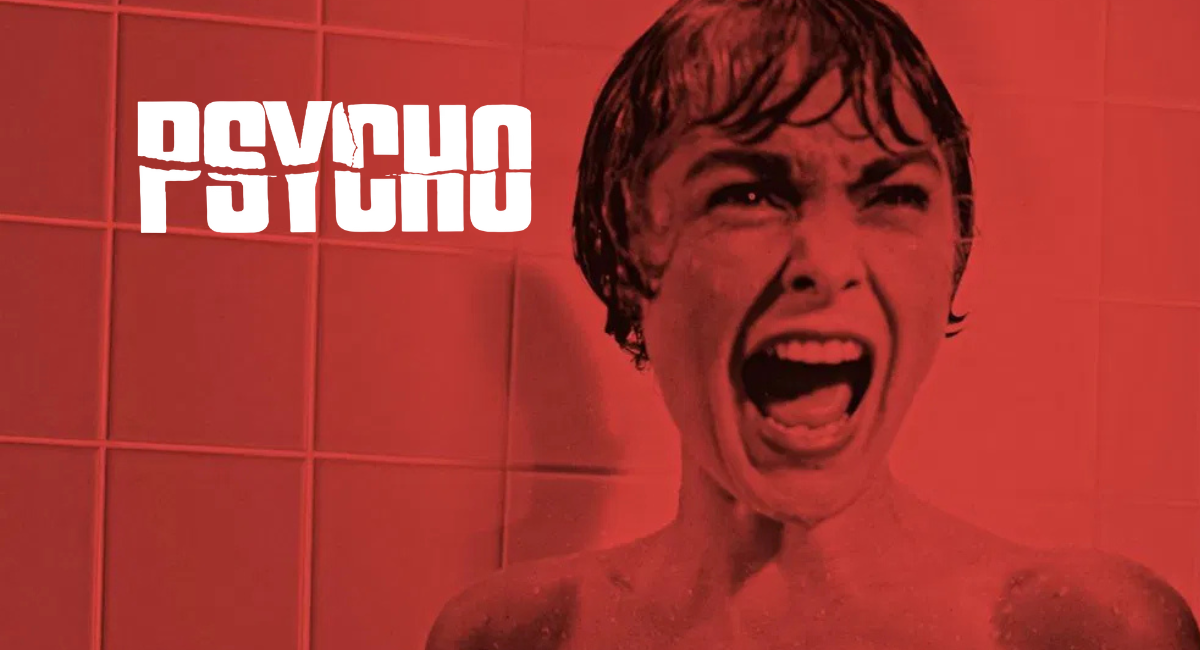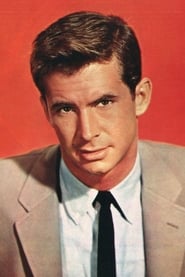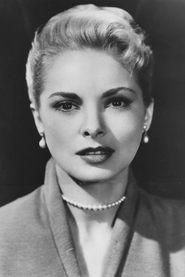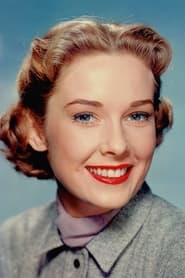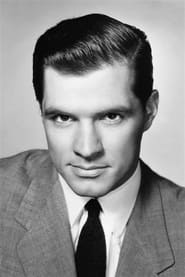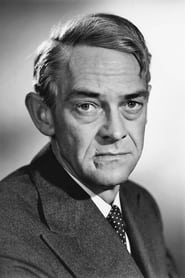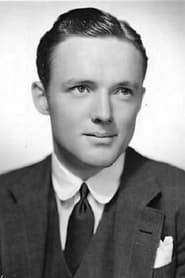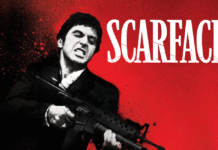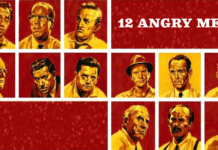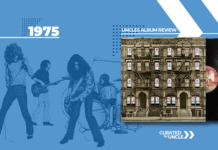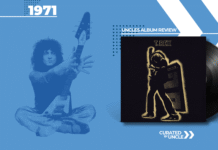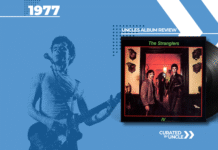Psycho (1960): The Mother of All Horror Films & Why it Still Screws With Our Heads Over 60 Years Later
Let’s start with a confession: if you’ve ever booked a cheap motel and worried the staff might be a bit too into their mum, you’ve probably got Alfred Hitchcock to thank. In 1960, Psycho redefined what horror could be, less rubber monsters and lightning bolts, more deeply repressed men with taxidermy hobbies and a penchant for cross-dressing matricide.
This was the cinematic equivalent of pulling the rug out from under the audience, setting it on fire and then stabbing it in a bathroom. Repeatedly.
Table of Contents
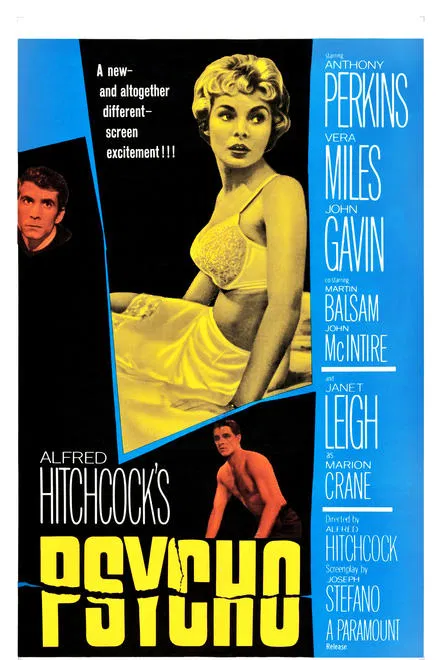
Plot Summary: Girl Meets Boy, Girl Steals Money, Girl Takes a Shower, Girl Dies. Quickly.
Psycho begins with Marion Crane (Janet Leigh), a woman having a grim little affair in the world’s sweatiest motel room, who impulsively steals $40,000 in cash. She drives off, guilt-ridden and rain-soaked, until she lands at the Bates Motel—a charming little roadside stop run by Norman Bates, a man whose hobbies include awkward taxidermy, peeping through holes in walls, and crippling maternal psychosis.
Just when you think the story is about Marion’s crimes and how she’ll be caught, Hitchcock pulls the plug—literally—and murders her halfway through the film in what is still cinema’s most infamous bathroom scene. From that moment on, it’s Norman’s twisted little world, and we’re just trapped in it like one of his stuffed birds.
Cast: Smiles, Stabbing and Soft-Spoken Psychos
Anthony Perkins as Norman Bates
The boy-next-door with serious mother issues. Perkins plays Norman as twitchy, shy and unsettlingly polite, the kind of guy who helps you carry your bags, then wears your skin as a coat. His charm is disarming. His hobby? Disarming women. Emotionally and literally.
Janet Leigh as Marion Crane
Brilliant as the woman whose moral flexibility gets her a one-way ticket to a homicidal inn. She’s the original “final girl”—except, you know, she’s not final. Or around for much of the film. Leigh’s shower scene is etched into the retina of cinema history like a knife on wet porcelain.
Vera Miles as Lila Crane
Marion’s sister, who goes digging for answers like a proto-true-crime podcaster. She’s the first to put two and two together and come up with “Mother’s corpse in the fruit cellar.” Charming.
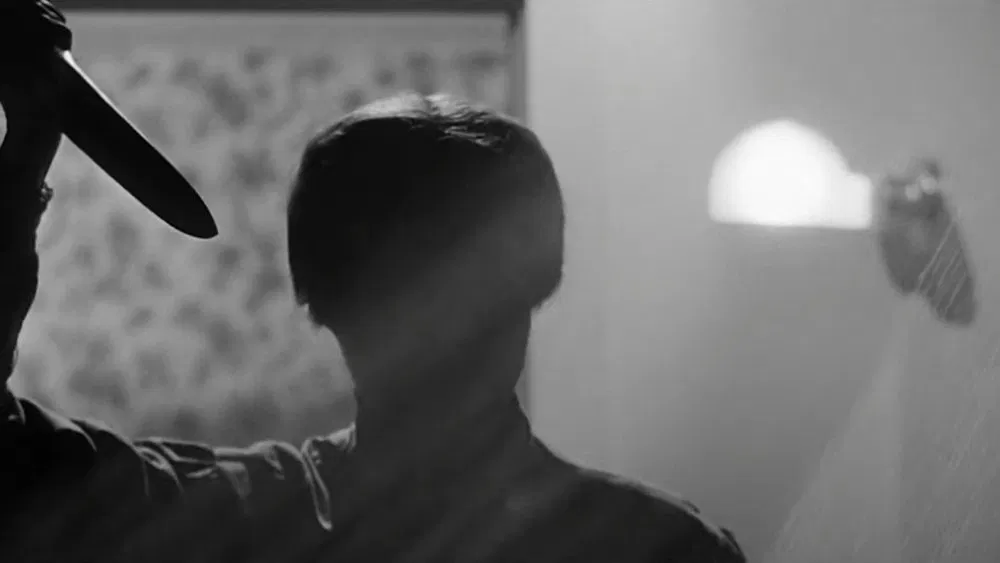
Iconic Scenes: Knives, Eyes and That Bloody Soundtrack
- The Shower Scene:
Let’s be honest—you can hear this scene just thinking about it. The shrieking violins. The silhouette. The quick cuts. This moment murdered not only Marion but also your ability to shower without glancing nervously behind the curtain. - “We all go a little mad sometimes.”
Possibly the most understated way to describe stabbing someone to death while dressed as your dead mum. - Final Reveal:
Oh look, “Mother” has been dead for years and Norman’s been cosplaying her entire personality. And now she lives in his brain. Forever. Sleep tight!
Themes: Madness, Guilt and Repressing Everything Until It Kills Someone
Psycho peels back the wallpaper of polite society and finds—surprise!—a lunatic hiding behind it. Hitchcock plays with ideas of:
- Duality: Norman and his “mother” occupy the same body. Like Fight Club, but with fewer fists and more aprons.
- Guilt and Consequence: Marion’s decision to steal sets everything off. But her real crime? Trusting a man who talks about his mum too much.
- Sexual Repression: Nobody in this movie is having a healthy relationship. Or even an honest conversation.
And all this wrapped in black-and-white cinematography, because apparently colour was too cheerful for what Hitchcock was planning.
Cultural Impact: Shower Curtains Were Never Trusted Again
Psycho changed the game. It:
- Killed off its lead halfway through.
- Portrayed mental illness in a way that made therapists sigh forever.
- Turned bathrooms into battlegrounds.
- Taught filmmakers that horror could be subtle, stylish and completely bloody terrifying.
It also inspired dozens of knock-offs, sequels, remakes (yes, we’re looking at you, Gus Van Sant, you naughty boy), and a prequel TV series (Bates Motel) that somehow managed to make Norman Bates even more unsettling by giving him Wi-Fi access.
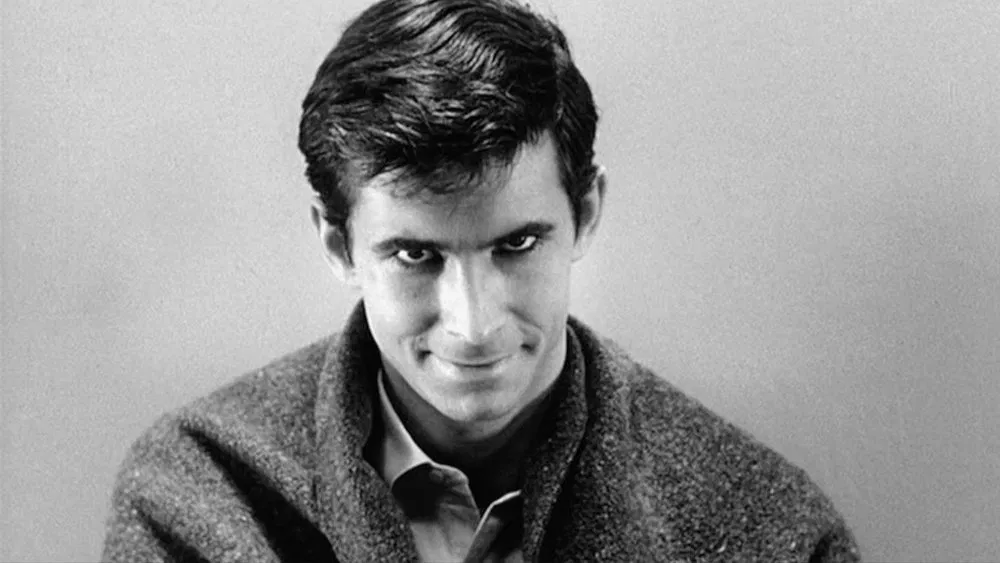
Behind the Scenes: Hitch Being Hitchcock
- Hitchcock insisted no one be allowed into the cinema after the film started, not because of spoilers, but because he was a control freak masquerading as a genius (or vice versa).
- He self-financed the movie when studios said no. Probably the greatest “I’ll do it myself” in horror history.
- The blood in the shower? Chocolate syrup. Because red didn’t show up on black-and-white film. And now you’ll never look at ice cream sundaes the same way again.
My Final Thoughts: Still Psycho After All These Years
Psycho remains a masterpiece because it dares you to get comfortable and then plunges a metaphorical (and literal) knife straight into your expectations. It’s the horror film that politely greets you at reception, offers you a towel, then dismembers you in the tub.
It’s taught generations to mistrust awkward men who live with their mothers and to never, ever stay at motels run by people who collect birds and giggle at dinner.
A genre-defining masterpiece that made plumbing terrifying and psychiatry cool. Psycho didn’t just change horror—it dissected it, stuffed it and put it in the basement.

If You Like Psycho, I Recommend These Movies:
- The Shining: All Work, No Play And an Axe to the Face
- Hereditary: Family Trauma, Decapitation and Satan—What’s Not to Love?
- Get Out: When Visiting the In-Laws Turns Into an Existential Nightmare
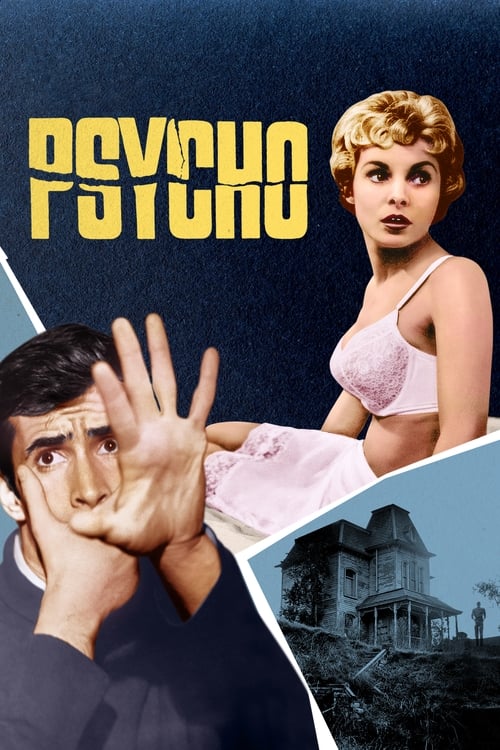
Psycho
Norman Bates
Marion Crane
Lila Crane
Sam Loomis
Private Det. Milton Arbogast
Sheriff Al Chambers
Dr. Fred Richman
Tom Cassidy



